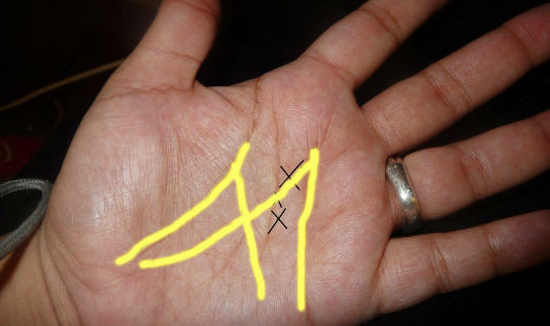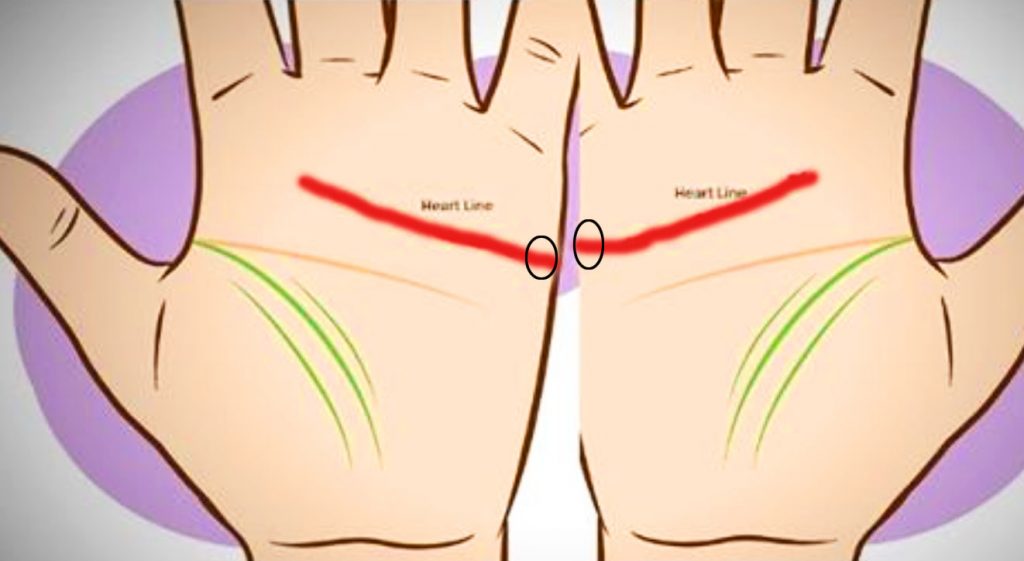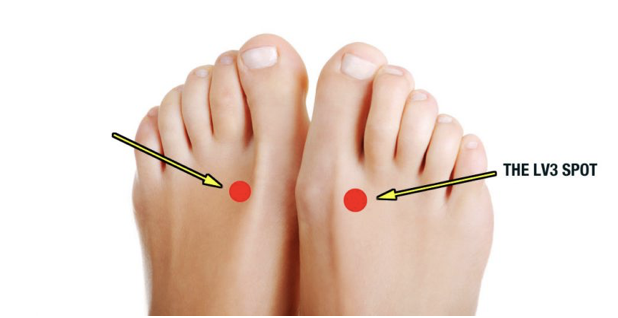Have You Ever Noticed The Stickers With Numbers On Them At Grocery Store? THIS Is What It Means!
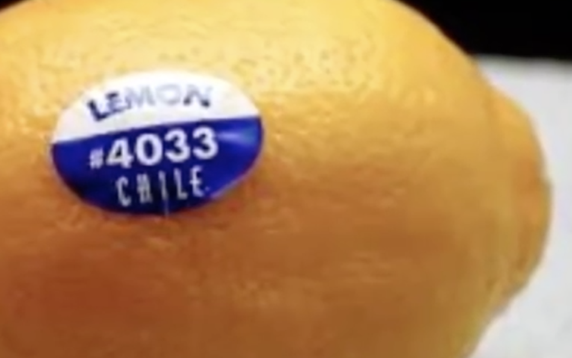
image via – youtube.com
Most people don’t think much about the little stickers that sometimes come on the fruits and vegetables they buy at the grocery store. The pesky round stickers always have a couple of numbers on them and despite what many people think, they aren’t there to simply annoy us.
The numbers are an items Price Look-Up (PLU) code, which are used and placed on unprocessed, fresh produce. Grocery stores and supermarkets use these codes to keep track of inventory and to speed up, streamline, and improve check-out times. The stickers and numbers readily identify the type of produce, commodity, variety, and how it was grown, thus eliminating the human error involved in cashiers guessing what specific type of produce an item may be.
Not all fruits and vegetables are labeled with a PLU sticker since, at least in the US, the codes are optional and not required by law. However, the produce that do feature them can tell you a lot about how that item was grown and whether or not it was genetically modified, produced with fertilizers and herbicides, or organically grown. Here are the main things you should know:
– If a PLU code has only four numbers total or begins with a 0, it indicates the produce was conventionally, or traditionally, grown with the use of common pesticides. Since it’s established fact that there are known health risks associated with ingesting pesticides, and that they can accumulate in our bodies, the codes can help you avoid these types of produce. An example of this is that a Macoun apple that has been traditionally grown will bear a PLU code of 3073.
-If a PLU code has five total numbers and it begins with an 8, it indicates the produce was genetically modified (GMO). Basically anything that is grown from a genetically engineered seed falls under this category and is not organic or traditionally grown. According to the video and the Monsanto website, there are 8 commercially available GMO types of crops that include corn, cotton, soybeans, alfalfa, canola, sugar beets, squash, and papaya.
However, since PLU codes are optional, many growers and suppliers purposefully don’t label their food because they know consumers will avoid anything labeled as GMO. For illustrative purposes, if you were to ever see a label with an 8 it’d look like this; 84011 for a genetically modified banana.
– If a PLU code has five total numbers and it begins with a 9, it indicates the produce was grown organically and is not genetically modified or engineered. Organic fruits and vegetables are grown without the use of any unnatural products like pesticides, herbicides, fungicides, insecticides, or synthetic fertilizers.
Thus, they’re healthier and much better overall for our bodies, the earth and environment. Women who are pregnant and young, developing children may especially benefit from organic produce.
Furthermore, if you want to buy and eat only organic produce, look for items that are labeled as 100% organic and USDA certified. Food labeled as such cannot be produced from any type or form of genetically modified organism and the US government regulates the term strictly according to law.
In comparison, some foods are labeled “GMO-free” and “non-GMO” but those terms are not set or regulated by any government body. Instead, groups of food companies form associations and they set the standards and regulate what qualifies as fitting under the label.
Since their business and bottom line is profit-motivated, and non-GMO labeled food often sells for a higher amount, there has been problems with misleading labels in the past. In short, they simply cannot be relied upon, on their own, as being absolutely 100% non-GMO. When in doubt, look for a 5 digit PLU that starts with a number 9 and packaging that clearly states the product is labeled as USDA certified, 100% organic.
Did you know about this?
Please Share This Information With Family and Friends 🙂
If You Eat 12 Blueberries Everyday For a Month THIS Is What Happens To Your Body
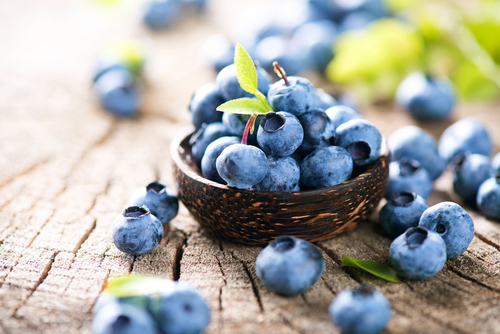
You may have heard that blueberries are good for you, but you may not actually know why. We are headed towards summer in when blueberries are in season; sweet and firm and packed with such healthy components that many consider these deep colored fruits a SUPER FOOD.
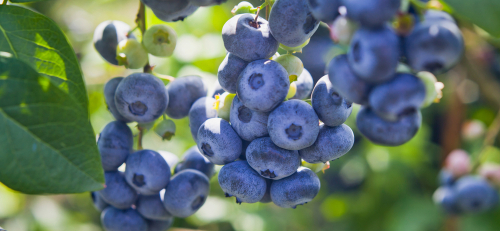
Packed with antioxidants and anti-inflammatories, this amazing fruit can help protect you from cancers and auto-immune diseases, and has a powerful effect on the rate of aging; it could be considered “The Fountain of Youth”.
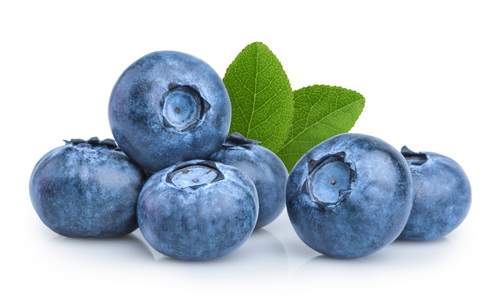
You are about to watch a short video below, in which Mike Foster is both informative and amusing in his exaltation of the MIGHTY BLUEBERRY. The footage was posted by “LiveLife365”.
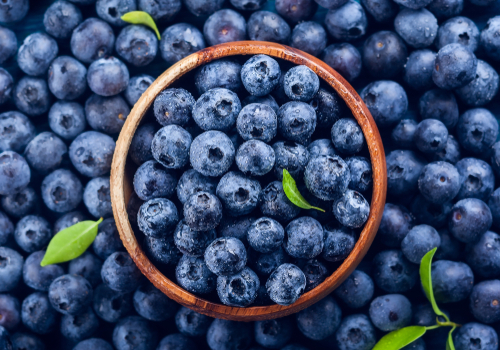
Blueberries eaten daily have the ability to lower blood sugar, which does seem counterintuitive, given the fact that they are a sweet fruit; the fact that they have this benefit makes them a great ‘go-to’ for diabetics.
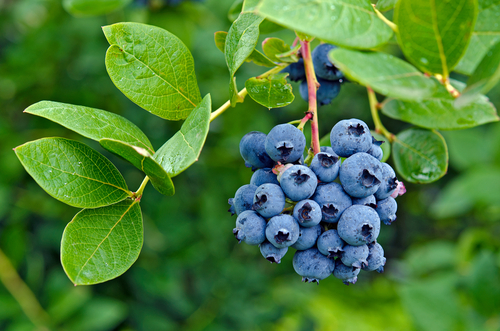
In addition to lowering cancer risks, blueberries improve eyesight and lower bad cholesterol. The reason they are effective in maintaining a youthful appearance is due to the high levels of Manganese and Vitamins A and C, which promote collagen renewal.
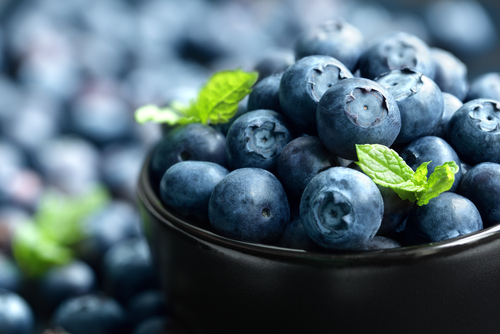
For more details about this potent fruit, which has similar health benefits to that of almonds, listen to Foster’s take on the importance of having blueberries in your daily diet. He covers both the mental and physical benefits, and his pitch will send you off to the grocery store to get some!
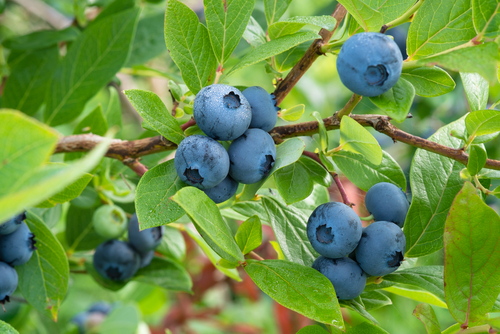
Please SHARE this important DIETARY and HEALTH VIDEO with your family and friends.
Apples Begin To Brown Right Away. This Brilliant Trick Will Keep Them Fresh For More Than 24 Hours
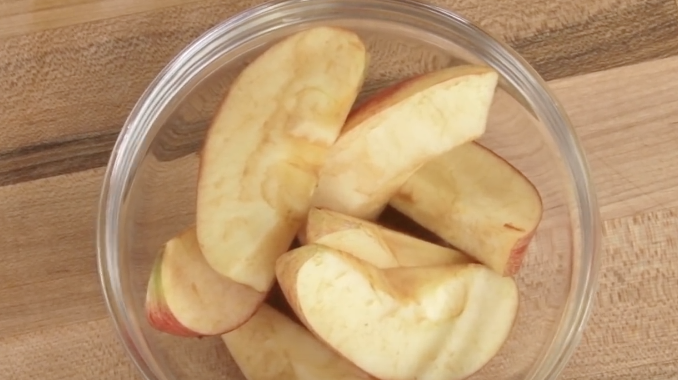
Have you ever toiled over a fruit salad just to have it turn brown before you have even finished making it? Fruit browning can ruin the presentation and texture of any dish that contains susceptible fruits. Many people use lemon to keep the fruit from browning and to keep it fresh and crispy for longer. The downside is that lemon changes the flavor of the dish, which can sometimes be good, but other times can have a negative impact on the flavor. Watch this video to find out a trick that will let you keep your fruit fresh for even longer, without negatively impacting the flavor!
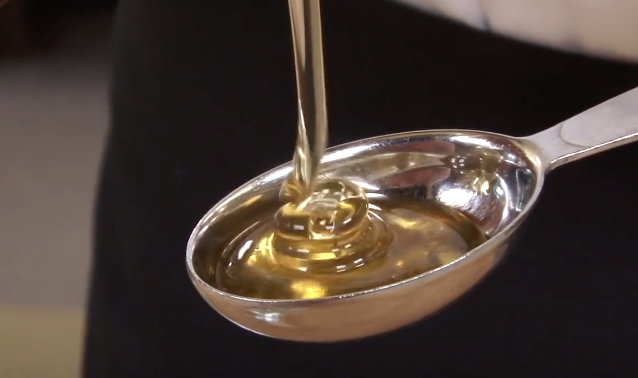
So what is the secret? One of Nature’s most magical substances, honey! The honey that is eaten by humans is made by honey bees from the nectar of various flowers. Due to its chemical properties, it can be stored for an incredibly long time without going bad, if stored properly. There are examples of honey being preserved for centuries, and it was even used as a preservative in ancient Egypt.
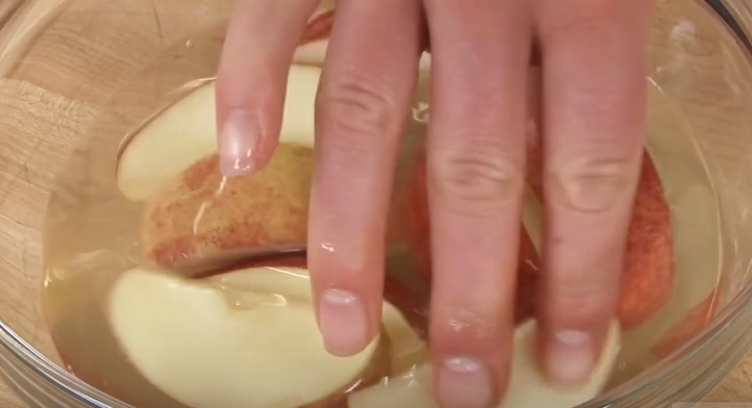
Browning happens because of an enzyme called polyphenol oxidase, and the honey contains a compound that counteracts the enzyme and stops the browning. The most common fruits that are susceptible to browning include apples and pears, but the problem is not limited to fruit. Potatoes and parsnips are also prone to browning, and this trick works on them as well!
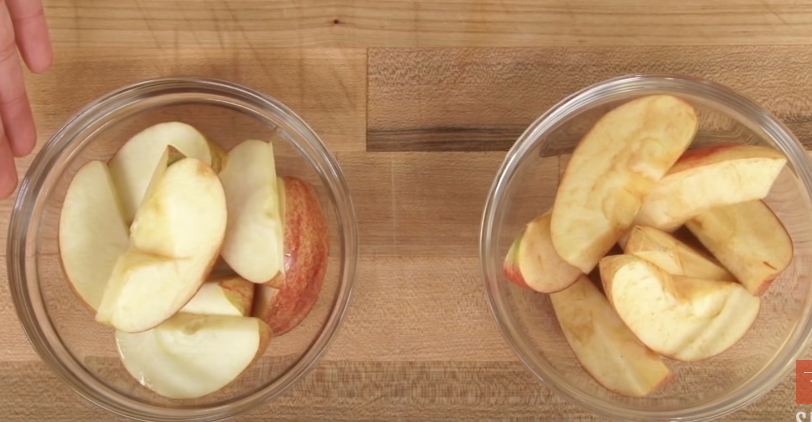
Have you found this trick to work on any other fruits or vegetables?
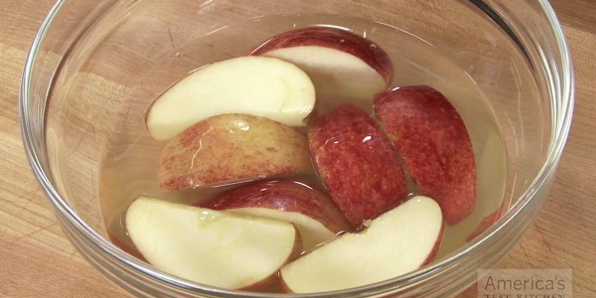
Please Share This Tip With Family and Friends
I Was Confused When He Put A Cherry On Top Of The Bottle. But The Reason Is Unexpectedly Brilliant
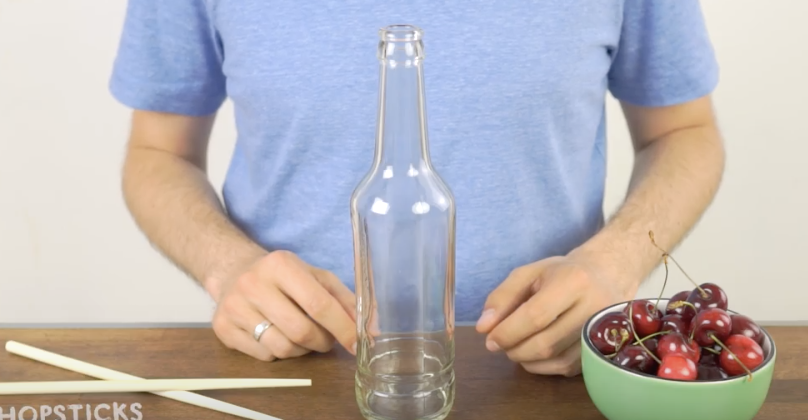
When he put the cherry on top of the bottle, I was confused. But when I saw what he did next, I was running to try it! Cherries are fantastic. Everyone loves them, they are the cherry on top of nature. They have one downfall that makes them aggravating, and it may be the only thing that stands in the way of complete cherry domination. Without the pit, the delicate balance of sweet and tart would be immediately available, and they would be cleaner than the renowned strawberry of legendary lore.
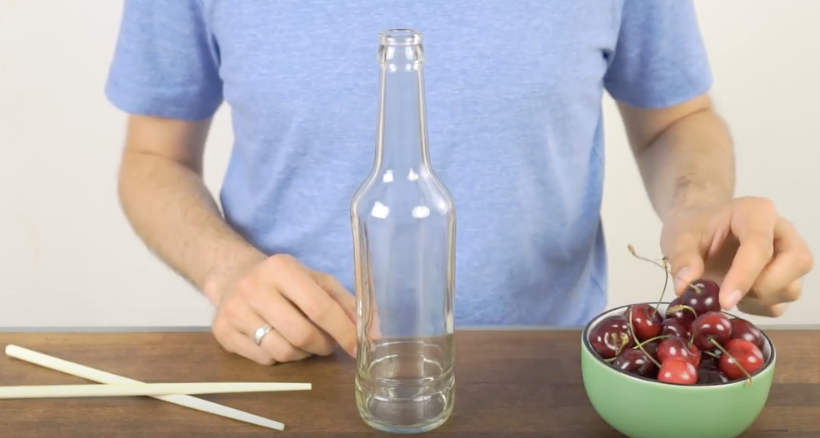
Take me to Japan in April, right at the height of the cherry blossoms, their magnificent pink-white petals sprawling from delicately manicured limbs as thin as glass. The scent of joyful perfection fills the air, as the petals’ twirling dance flirts with the breeze.
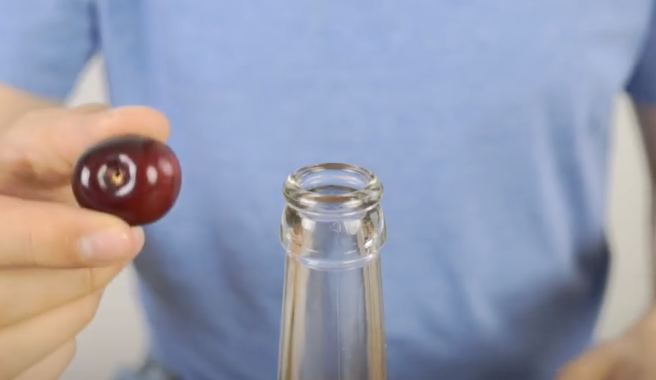
Ancient temples rise at impossible angles out of the sea of blooms, their curling roofs housing countless generations of fastidious monks, whose hands relay the attention given to their tree brethren.
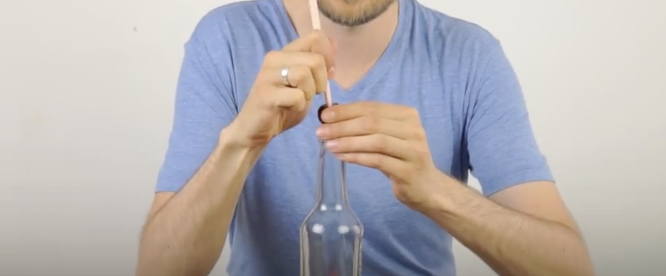
But there is a remedy, decidedly simple, that can be utilized to abolish this infamous pit. You are likely going to want to grab yourself a bottle, chopsticks and a bunch load of cherries. Step one, grab a cherry. Step two, place upon the bottle your cherry.
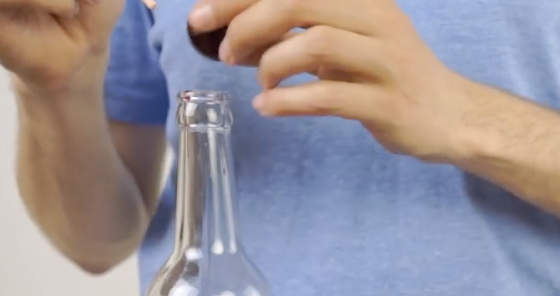
Step three, poke that cherry with that stick. Step four, eat that cherry. You have now successfully demolished the single impediment that stood between you and the cherry palace. Congratulations.
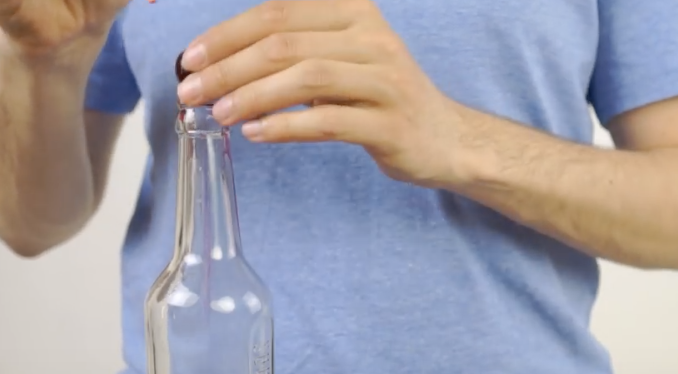
Please Share This Trick With Family and Friends 🙂
This Is The Only Way You Will Ever Cut A Mango Again. How Did I Not Know About This Earlier?
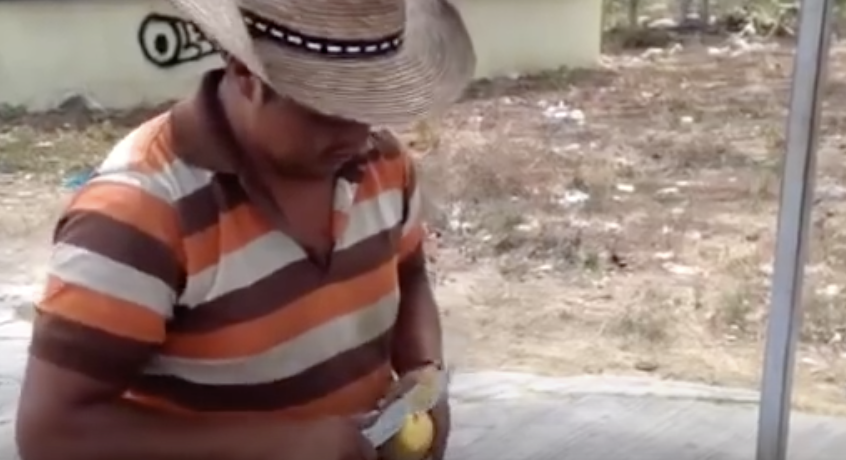
Cutting a mango can be a tricky process. They tend to be very slippery and many people cut themselves when they are peeling the skin off the fruit. To reduce the risk of injury it is best to use a serrated edged knife, being very careful that the knife doesn’t slip.

A lot of accidents are caused by simple carelessness and rushing through things, and by being mindful and extremely cautious you can prevent mishaps. To learn more on how to cut a mango check out this video where it’s done in an unusual yet simple and effective manner.
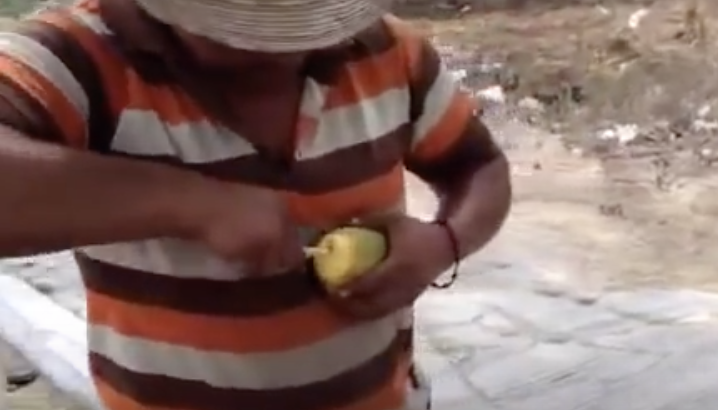
The man with the amazing mango skills is a Mexican street vendor. It looks like he must specialize in speed cutting techniques because he makes slicing and dicing a mango look effortless. First he hacks off one end of the fruit and pushes a stick up into it, then holds it in one hand with the stick pressed against his chest.

Expertly and steadily he slices off half the skin before grabbing the stick and removing the rest. Then he starts to twirl it around while making downwards cuts evenly all around the mango, spiraling until he reaches the topmost part. The result looks like a flower and resembles a pine cone in the way the pieces fold out from the middle. With the fruit on a stick and cut in this fashion it can be easily eaten and enjoyed.

Mangos are the most widely consumed fruit in the world and their popularity is steadily growing. They are so delicious and healthy for you that they are even referred to as the “king of fruits.” Each mango is packed with soluble fiber, vitamins C, A, E, B6, as well as 25 different kinds of carotenoids.

Research has shown that antioxidants in the popular fruit help to protect against colon, breast, leukemia, and prostate cancers. Their high fiber content improves digestion and lowers cholesterol while high levels of tartaric and malic acid help to alkalize the whole body. The list of mango derived health benefits is lengthy, they even improve intimacy drive and are a good remedy for heat stroke, so grab yourself one and eat it today!

Please Share This Mango Cutting Technique With Family and Friends
This Guy Takes The Leaves Off The Top Of The Pineapple What He Does Next Is Unexpected!
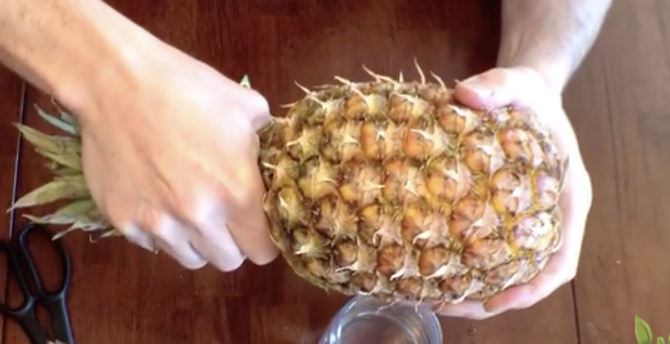
Did you know that you can plant a pineapple simply by using one that you buy at the store? I didn’t, but now that I watched this video I’m going to try it as soon as I pick one up. It’s so simple and easy to do, and if you love pineapples and plants then why not? Clint, from gardenfrugal.com explains and shows how it’s done in this tutorial. He originally tried two alternative ways to do this, but only one worked for him, which is what he’s teaching us. For this tried and true method all you need is a ripe pineapple, a pair of scissors, and a cup of water.
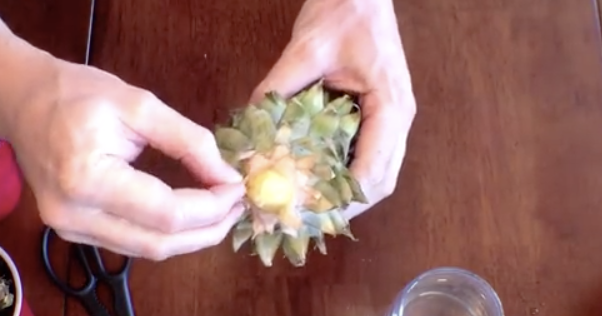
Here is how to prepare the pineapple for growing at home: Take a pineapple that is ready to eat. Grab the green top in one hand while holding the bottom in another, then pull upwards, and twist it up and off. Start to pick off the bottom leaves, gently removing them until you begin to see some roots on the piece. Remove the small leaves from all around until you are past the point where the roots are popping out of. Finally, take a pair of scissors and cut the leaf tips off so they are squared. Be sure to get the tight inner leaves as well. Doing this will show you later on where new growth is taking place. You may need to re-trim them if they start to turn brown.
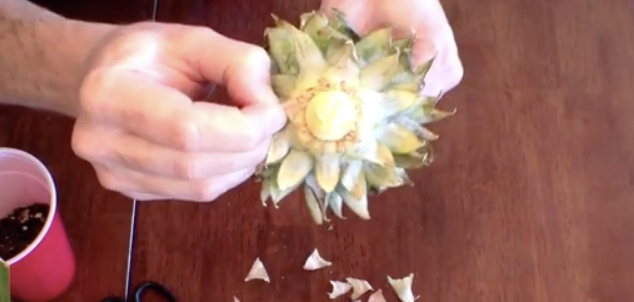
Once the trimming is complete, stick the top in a cup of fresh water and make sure to change it daily at first. Place the cup in a window sill where it can get lots of sunlight and stay warm. Soon you should see more white roots beginning to sprout and once there is good growth it’s time to transplant it. Take a plastic cup, small planter, or container, and place some soil in it. Being careful to not damage the roots, gently place the sprouted pineapple top in the soil, and fill in more dirt loosely around it. It should start growing and soon you’ll have your own pineapple plant!!
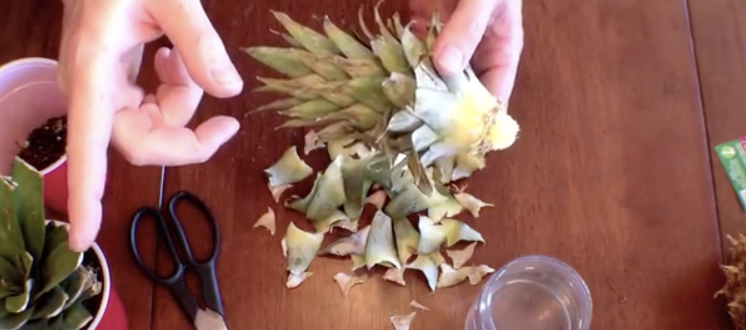
Please SHARE With Family and Friends

